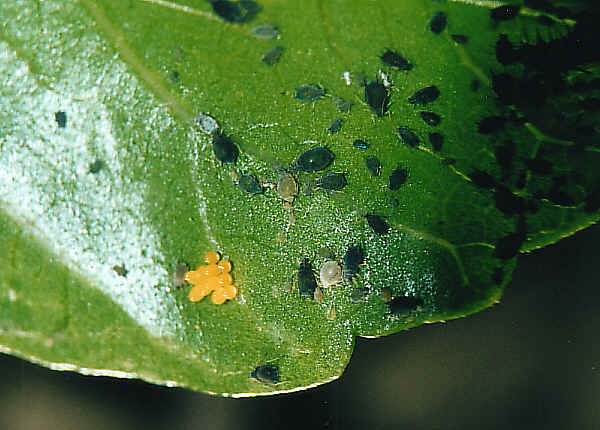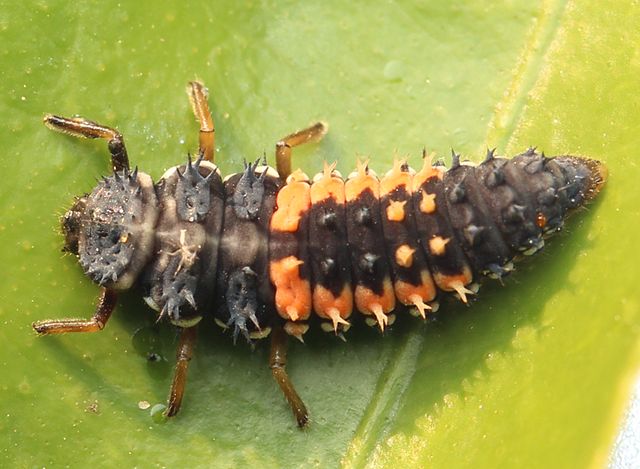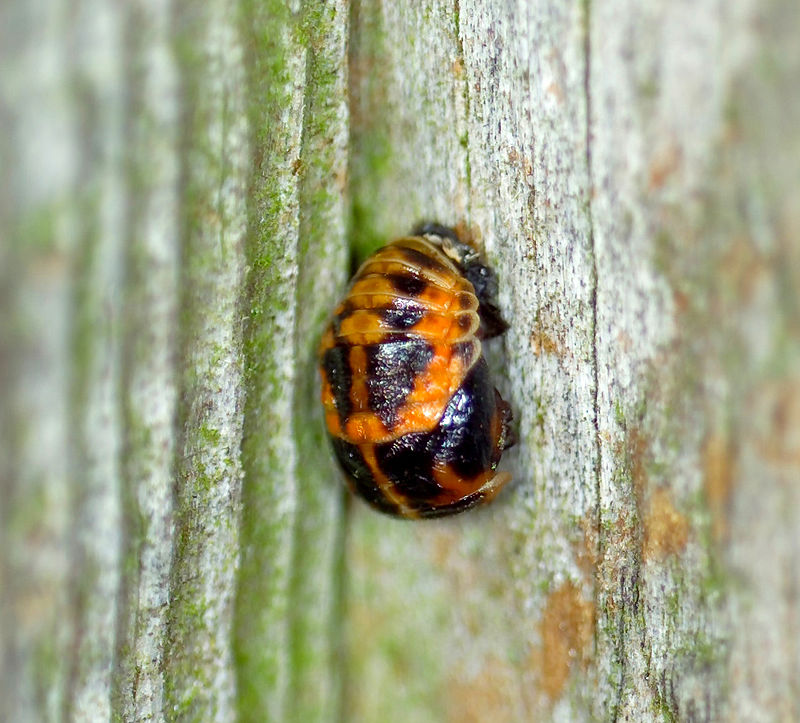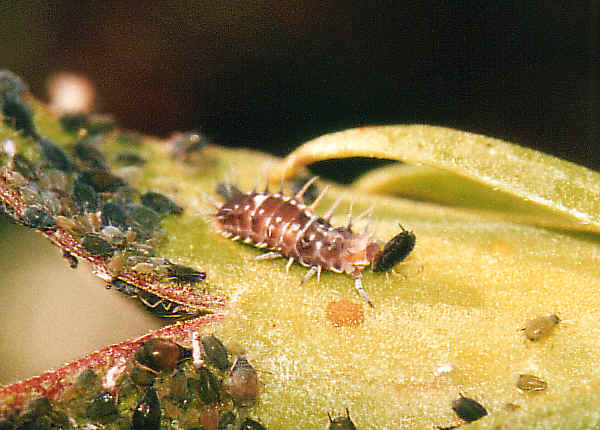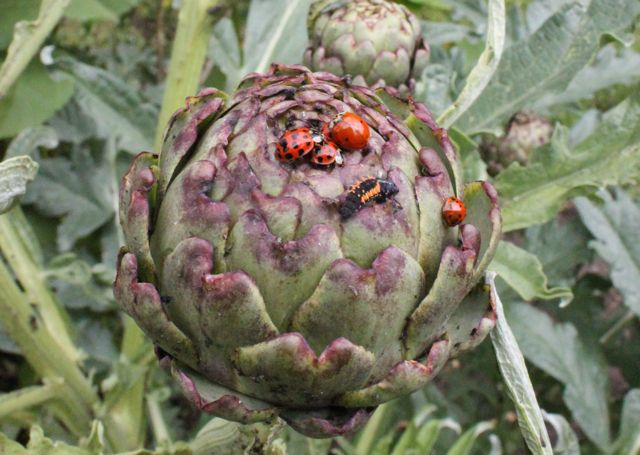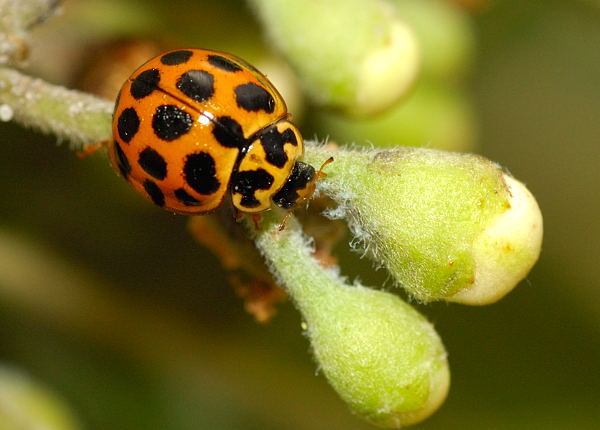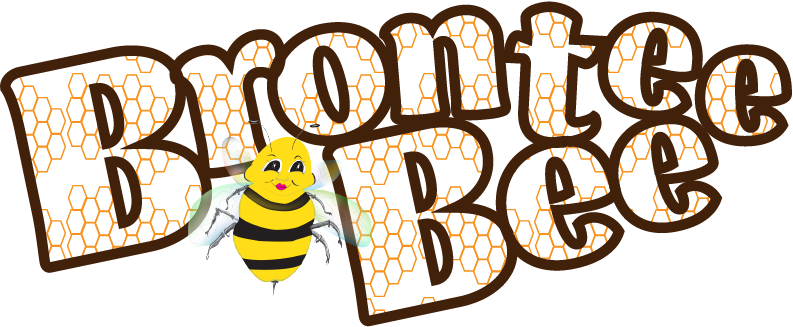Brontee Bee and the Nursery Babies
There was a commotion in the nursery, aphids were scurrying along stalks and leaves, sucking the life out of them. Leaf mites were also burrowing into juicy leaves, the poor plants were under attack.
The noise got louder. Brontee Bee landed on a lime flower close by to see what was happening.
Just a few days ago there were small yellow eggs like teeny weeny little yellow jellybeans attached to the underside of their leaves. Now in the nursery, the eggs were all open and strange little orange and black stripey, spiky crawly crocodile shaped things were looking for lunch, and the aphid and mites THEY ARE THE LUNCH
It was no use trying to run.
Eating dozens and dozens of aphids and mites a day, these tiny beetle vacuum cleaners were cleaning up the leaves of all the pests, keeping the plant healthy and happy from the aphids and mites that had been feeding on them. These strange bugs were lady bird nymphs, the babies of lady birds.
Brontee thought they looked rather fearsome, but she was interested and checked back often to see how clever they were being, cleaning up the plants so well.
After they had fed a few days, they started to moult and shed their skins, they do this every few days while they grow. You can find the moulted skins on the leaves if you look hard. It will find a good hiding place under a leaf and attach itself looking just like a sleepy grub going to sleep, but it’s not. It is going through metamorphosis, that means going through a change. After a couple of weeks of this the larva will change into something that looks like a shrimp, it is called a pupa. When the Pupa has finished changing, it will split its skin and out will come….. a LADYBIRD.
Brontee thought they looked rather familiar but she couldn’t quite tell what they were.
The baby ladybirds were still soft and pink or very pale for a couple of hours then their shells became hard. As the shell hardened it gained pigment, which caused the ladybug to become bright orange or yellow. Now they looked just like the lady birds you see. As soon as they could, they flew over to an artichoke flower where they could all hang out safely. Artichoke flowers make great hidey holes for ladybirds.
Brontee Bee was used to seeing them hanging out in her garden. Brontee liked ladybirds, she hoped they would be friends.
Follow Brontee Bees adventures and you will find out how Inez Lady Bug and Brontee meet.
Resources for this story:
If you would like to breed ladybirds for your garden click here
Visit to see one emerge step by step.
Our articles are free for you to copy and distribute. Please give Ladybug life cycle credit for the article.
Fun Facts:
There are over 100 species of ladybird in Australia. The majority are beneficial.
There are 4 common types found in your garden.
- The common spotted ladybird is bright orange with black dots on its back are voracious predators of aphids, scale insects and mites. Adults will consume 2,500 aphids during their life.
- The fungus eating ladybird has very bold black and yellow colouration. Both adults and larvae feed on mildew fungus, which is a really common problem in gardens on plant leaves like pumpkins and zucchini.
- The mealy bug ladybird is one of the most celebrated examples of biological control. In 1891 these ladybirds were exported to the United States, where they saved the Californian citrus industry from the mealy bug plague, a great example of natural biological control.
- The bad one of the bunch as far as gardeners are concerned is the 28 spotted or leaf eating ladybird. Easy to identify, adults are up to 1cm long, light orange in colour and have 28 spots. Adults and larvae feed on a range of plants – cabbage, potato and bean family are preferred foods. Larvae are easy to spot. They are a yellowish creamy colour, with a frizzy outline, check for them on the undersides of the leaves.
Resources for this story:
If you would like to breed ladybirds for your garden click here
